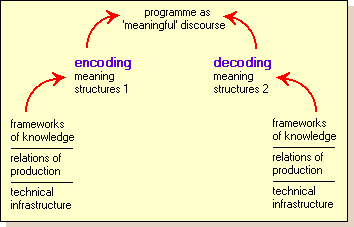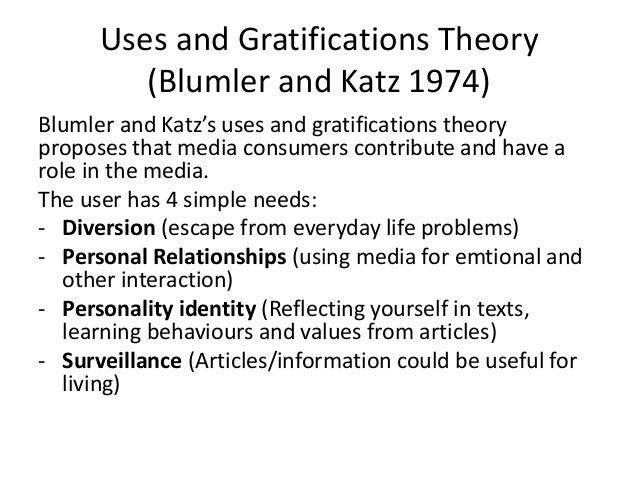The Effects Theory
The theory that media texts have an effect or influence on the audience. It is normally considered that this effect is negative. The audience is passive and powerless to prevent influence. The power lies with the message in the text.
An example of this is how reality shows such as The Only Way is Essex and Geordie Shore portray the people who live in these areas - giving the rest of society a negative view on the area and all the people in it despite the shows only showing a tiny minority.
Hypodermic Needle
The messages in the text are injected into the audience. The media's message is like a drug.

An example of this was in 1930, in America when Mercury Theatre and Orson Welles joined together and created a fake radio news show about aliens invading an American city. The programme was based on the book The War of the Worlds and was listened to by approximately twelve million people, one million of who completely believed it.
Bobo Doll Experiment
In the experiment:
- children watched a video where an adult violently attacked a clown doll called a Bobo Doll
- the children were then taken to a room with attractive toys they were not permitted to touch
- the children were then taken to a room with Bobo Dolls.
88% of the children imitated the violent behavior that they had earlier viewed, with 40% reported to have reproduced the same behavior eight months later.
Stuart Hall - Encoding and Decoding
Hall argued that when texts are made they are encoded with a message by the institutions that suit the social, economical and political society that they are made in. The text is then received by an audience who decode the message and can interpret it in 3 different ways:
Dominant Reading: interpreted as the institute intended
Negotiated Reading: the audience may agree with some parts of the text but may disagree with other parts
or
Oppositional Reading: the audience may find themselves in conflict with the text and disagree.

Uses and Gratifications Theory
Blumler and Katz theorized that audiences are active and that actually the audience uses the text, rather than the text using the audience. The audience will seek out pleasure from the text so they will choose to consume it.
Pleasures and Gratifications can include:
- Escapism
- Diversion
- Information
- Counter Cultural Experience
- Comparing
- Sexual Stimulation

Main Brief:
From researching audience theory, I realise that as a distributor and producer, I am morally responsible for the reaction that the public have when this film is released. This means that I need to ensure as best as I can that my media product will be viewed as something for entertainment rather than inspiration for crimes or anything similar. This makes the certification of the film very important as if young people with vulnerable minds were to see disturbing and horrific scenes they may be too immature to realise that these actions or events are not supposed to be copied.
No comments:
Post a Comment